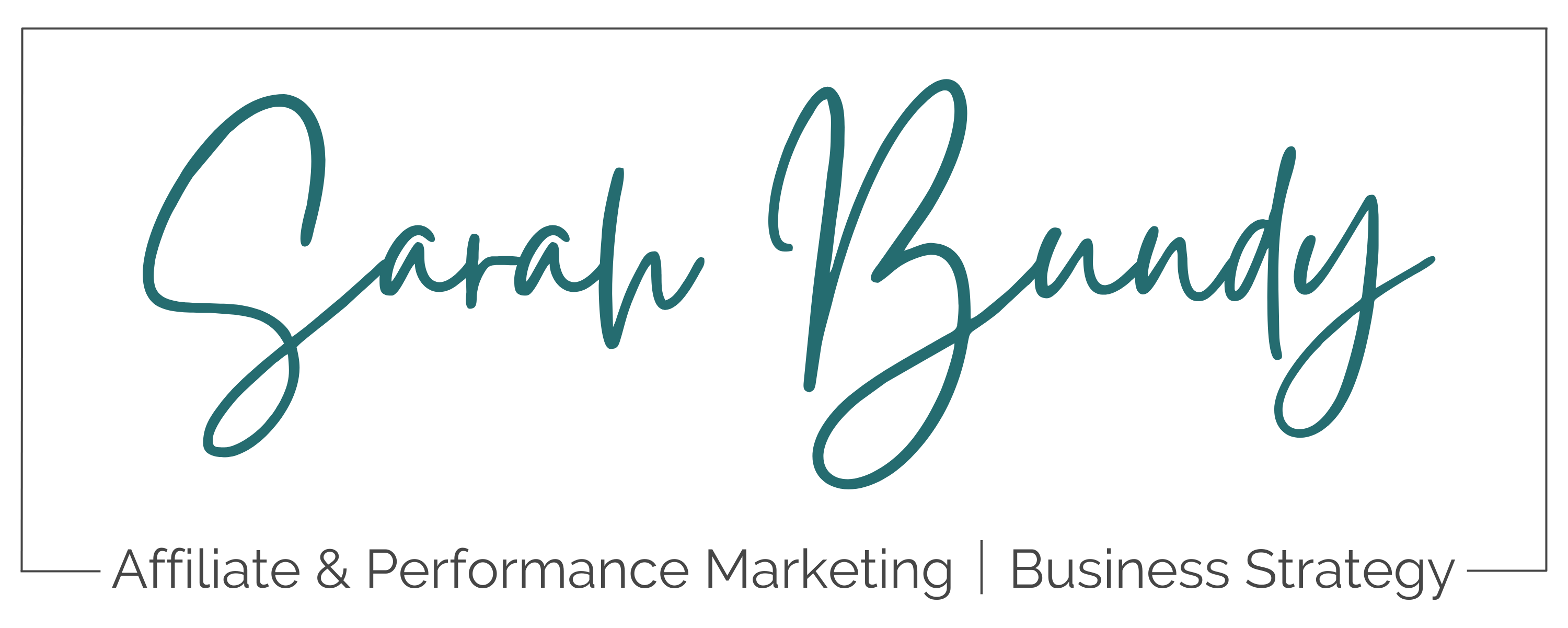A C-Suite’s Guide to Key Performance Indicators (KPIs) by Vertical
Key Performance Indicators (KPIs) serve as the compass guiding C-suite executives through the complex landscape of business operations. These metrics summarize the critical factors that directly impact an organization’s performance, effectiveness, and ultimately, its bottom line.
For C-suite leaders, KPIs are not merely numbers on a spreadsheet; they are the pulse of the company, providing real-time insights into the health and trajectory of various aspects of the business. Understanding and effectively utilizing KPIs enable executives to make informed decisions, identify areas of improvement, capitalize on strengths, and steer the organization towards its strategic objectives.
Conversely, neglecting or misinterpreting KPIs can lead to inefficiencies, missed opportunities, and even catastrophic failures. In essence, KPIs are the cornerstone of informed decision-making, playing an essential role in shaping the success or failure of a business in today’s competitive landscape.
Following are a list of the most important KPIs broken down by vertical.
E-commerce
E-commerce KPIs differ significantly from those of other verticals due to the unique nature of online retailing. While many industries focus on metrics related to customer acquisition, retention, and revenue generation, e-commerce places particular emphasis on digital engagement and conversion. Key Performance Indicators in e-commerce often revolve around website traffic, conversion rates, cart abandonment rates, average order value, and customer lifetime value.
Unlike traditional brick-and-mortar businesses, e-commerce retailers must closely monitor metrics related to user experience, such as page load times, site navigation, and checkout process efficiency. Additionally, e-commerce KPIs frequently involve tracking digital marketing channels’ performance, including pay-per-click advertising, search engine optimization, and social media marketing. Furthermore, e-commerce businesses often prioritize metrics related to fulfillment and logistics, such as order fulfillment time and shipping costs, to ensure a seamless customer experience from click to delivery. Overall, the dynamic and rapidly evolving nature of the online marketplace necessitates a distinct set of KPIs tailored to the intricacies of e-commerce operations.
In summary, focus on:
- Conversion Rate
- Customer Acquisition Cost (CAC)
- Average Order Value (AOV)
- Customer Lifetime Value (CLV)
- Cart Abandonment Rate
- Return on Ad Spend (ROAS)
- Website Traffic
SaaS (Software as a Service)
Key Performance Indicators (KPIs) in the Software as a Service (SaaS) sector are distinct from those in other industries due to the subscription-based model and focus on recurring revenue, customer retention, and product engagement. Unlike e-commerce or manufacturing, where tangible goods are sold, SaaS companies prioritize metrics related to software usage, customer satisfaction, and subscription growth.
Key SaaS KPIs typically include Monthly Recurring Revenue (MRR), Annual Recurring Revenue (ARR), Customer Churn Rate, Customer Acquisition Cost (CAC), Customer Lifetime Value (CLV), and Expansion Revenue. These metrics reflect the fundamental drivers of SaaS success: acquiring new customers, retaining existing ones, and expanding the value delivered over time. Additionally, product-centric KPIs such as User Activation Rate, Monthly Active Users (MAU), and Feature Adoption Rate help measure product engagement and user satisfaction. SaaS companies also track metrics related to service performance and reliability, such as Uptime Percentage and Mean Time to Resolve (MTTR), to ensure a seamless user experience.
In summary, focus on:
- Monthly Recurring Revenue (MRR)
- Customer Churn Rate
- Customer Acquisition Cost (CAC)
- Customer Lifetime Value (CLV)
- Activation Rate (Percentage of new users who become active)
- Average Revenue per User (ARPU)
- Customer Satisfaction Score (CSAT)
- Marketing Qualified Leads (MQLs)
- Sales Qualified Leads (SQLs)
Finance
KPIs in the finance sector exhibit unique characteristics compared to other industries, reflecting the sector’s focus on managing assets, mitigating risks, and maximizing returns. Unlike e-commerce or manufacturing, where revenue generation and operational efficiency are primary concerns, financial institutions prioritize metrics related to financial performance, regulatory compliance, and client satisfaction.
Key Performance Indicators in finance typically include metrics such as Assets Under Management (AUM), Return on Investment (ROI), Net Interest Margin (NIM), Loan-to-Deposit Ratio (LDR), and Efficiency Ratio. Customer-centric KPIs, such as Customer Lifetime Value (CLV) and Net Promoter Score (NPS), are also critical in assessing client engagement and loyalty. Additionally, risk management plays a significant role in the finance sector, with KPIs focusing on measures such as Capital Adequacy Ratio (CAR), Loan Loss Provisioning, and Non-Performing Loan (NPL) Ratio. Compliance-related metrics, including regulatory adherence and audit findings, further underscore the importance of governance and transparency in financial operations.
In summary, focus on:
- Assets Under Management (AUM)
- Return on Investment (ROI)
- Customer Retention Rate
- Net Promoter Score (NPS)
- Portfolio Performance
- Cost per Lead (CPL)
- Lead-to-Customer Conversion Rate
Hospitality
Key Performance Indicators (KPIs) in the travel and hospitality industry are distinctive due to the sector’s emphasis on guest satisfaction, occupancy rates, and revenue per available room (RevPAR). Unlike other industries, where product sales or subscriptions drive revenue, travel and hospitality businesses rely heavily on occupancy and guest spend. Key KPIs in this sector include Occupancy Rate, Average Daily Rate (ADR), Revenue per Available Room (RevPAR), and Guest Satisfaction Score (GSS).
These metrics reflect the industry’s focus on optimizing hotel room utilization, maximizing room revenue, and delivering exceptional guest experiences. Additionally, customer acquisition and retention are critical in the travel and hospitality industry, with KPIs such as Customer Acquisition Cost (CAC), Customer Lifetime Value (CLV), and Repeat Guest Rate providing insights into guest loyalty and marketing effectiveness. Other important metrics include Room Turnover Rate, which measures operational efficiency, and Online Reputation Score, which assesses a hotel’s reputation and brand perception.
In summary, focus on:
- Occupancy Rate
- Average Daily Rate (ADR)
- Revenue per Available Room (RevPAR)
- Guest Satisfaction Score
- Repeat Guest Rate
- Website Booking Conversion Rate
- Cost per Booking
Telecommunications
Key Performance Indicators (KPIs) in the telecommunications industry are distinct due to the sector’s focus on network performance, subscriber acquisition, and customer satisfaction. Unlike other industries, where revenue may primarily come from product sales or subscriptions, telecommunications companies rely heavily on subscriber growth, service quality, and network reliability.
Key telecom KPIs typically include Average Revenue per User (ARPU), which measures the average revenue generated from each subscriber, and Churn Rate, which assesses the rate at which customers leave the service. Additionally, metrics such as Subscriber Growth Rate and Market Share provide insights into market competitiveness and growth potential. Network performance is a critical aspect of the telecom industry, with KPIs such as Network Availability, Network Downtime, and Network Latency helping to ensure reliable service delivery. Customer-centric KPIs such as Customer Satisfaction Score (CSAT) and Net Promoter Score (NPS) are also important in assessing service quality and customer loyalty.
In summary, focus on:
- Average Revenue per User (ARPU)
- Churn Rate
- Network Performance (e.g., latency, uptime)
- Customer Satisfaction Score (CSAT)
- Average Revenue per Minute (ARPM)
- Subscriber Growth Rate
- Customer Lifetime Value (CLV)
Education
Key Performance Indicators (KPIs) in the education sector differ from those in other industries due to the sector’s focus on student outcomes, enrollment, and academic performance. Unlike sectors such as finance or manufacturing, where revenue generation and operational efficiency are primary concerns, educational institutions prioritize metrics related to student success, satisfaction, and retention.
Key education KPIs typically include Student Enrollment Rate, which measures the percentage of available seats filled, and Student Retention Rate, which assesses the percentage of students who continue their studies from one year to the next. Additionally, metrics such as Graduation Rate and Job Placement Rate provide insights into student outcomes and the effectiveness of educational programs.
Student Satisfaction Score and Net Promoter Score (NPS) are also critical in assessing student engagement and loyalty. Finally, educational institutions track metrics related to academic performance, such as Test Scores, Grade Point Average (GPA), and Course Completion Rate, to ensure quality instruction and learning outcomes.
In summary, focus on:
- Student Enrolment Rate
- Student Retention Rate
- Graduation Rate
- Student Satisfaction Score
- Job Placement Rate
- Cost per Enrolled Student
- Revenue from Tuition and Fees
In Conclusion
KPIs are not just numbers; they are the heartbeat of a company, providing vital signals about its health and performance. For C-suite executives, staying attuned to these metrics is critical, as they offer invaluable insights into the effectiveness of strategies, the efficiency of operations, and the satisfaction of customers and stakeholders.
By leveraging KPIs effectively, executives can steer their organizations towards success, driving growth, innovation, and profitability. However, failure to heed the warnings or capitalize on the opportunities presented by KPIs can lead to stagnation or decline. Therefore, in the ever-evolving landscape of business, embracing a culture of data-driven decision-making centered around KPIs is not just a choice but a necessity for sustained success and resilience in the face of challenges. Paying attention to these data points could mean the difference between having a thriving, sustainable business versus not.

